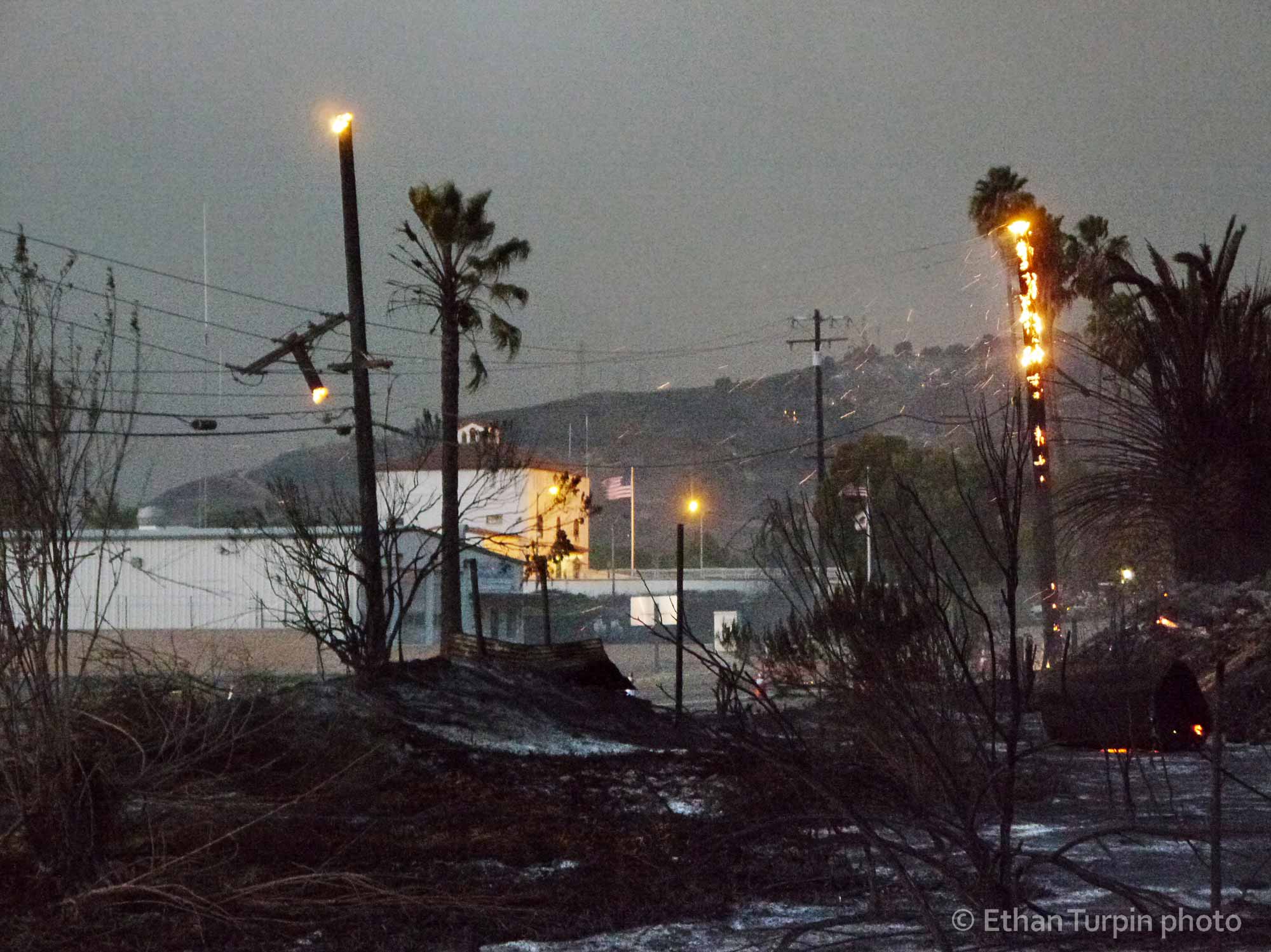















Over millennia, fire has contributed to shaping what grows where and the land itself. Today, fire affects forest ecology, local economies, land and water management, suburban and rural development, and our climate, all of which affect fire patterns in turn. While fires are dramatic, relatively short-term events, their influence lasts for decades, co-mingling with other natural and human forces. Understanding fire helps us observe complex networks of life, and changes how we consider what is useful, hazardous, and beautiful.

As Europeans settled the American West, the culture imagined a landscape, empty of people, full of natural wonders and/or resources. Pictures of seemingly limitless, sublime nature were popularized. Fire shifts these concepts, perhaps giving a feeling of wild nature instead. In any case, we can no longer realistically look at a landscape and see it as separate from human beings. The more we learn about the long history of people's relationships to fire, the less we may take a static view of what is natural, healthy, or beautiful.

People living in the wildland-urban interface are not always aware of fire’s historical patterns on the land. Our existing infrastructure may obscure an awareness of how vegetation and wind will continue to interact when fires occur. Likewise our infrastructure itself introduces potential fuels and more frequent ignitions. As we increasingly move the edges of our footprint into wildlands we face important new choices about how to build in order to live with fire.